Community engagement: terms & definitions
Community engagement: terms & definitions
Community engagement is one of IFAW’s key programme areas. Here are some of the terms we commonly use when discussing our community engagement work.
Coexistence
In the context of conservation, coexistence refers to a dynamic state in which people and wildlife exist in proximity while meeting the interests and needs of both species. Human-wildlife conflict is a barrier to coexistence. We must take a holistic approach to reduce the incidents of HWCs through interventions that reduce direct pressures leading to conflict situations, improve institutional capacities of stakeholders to manage HWC, reduce the negative impacts of HWC and enhance collection, dissemination and sharing of HWC science data. Human wildlife coexistence is achievable through context-appropriate and well-informed collaborations of actors arriving at a way forward that is acceptable to those most directly involved.
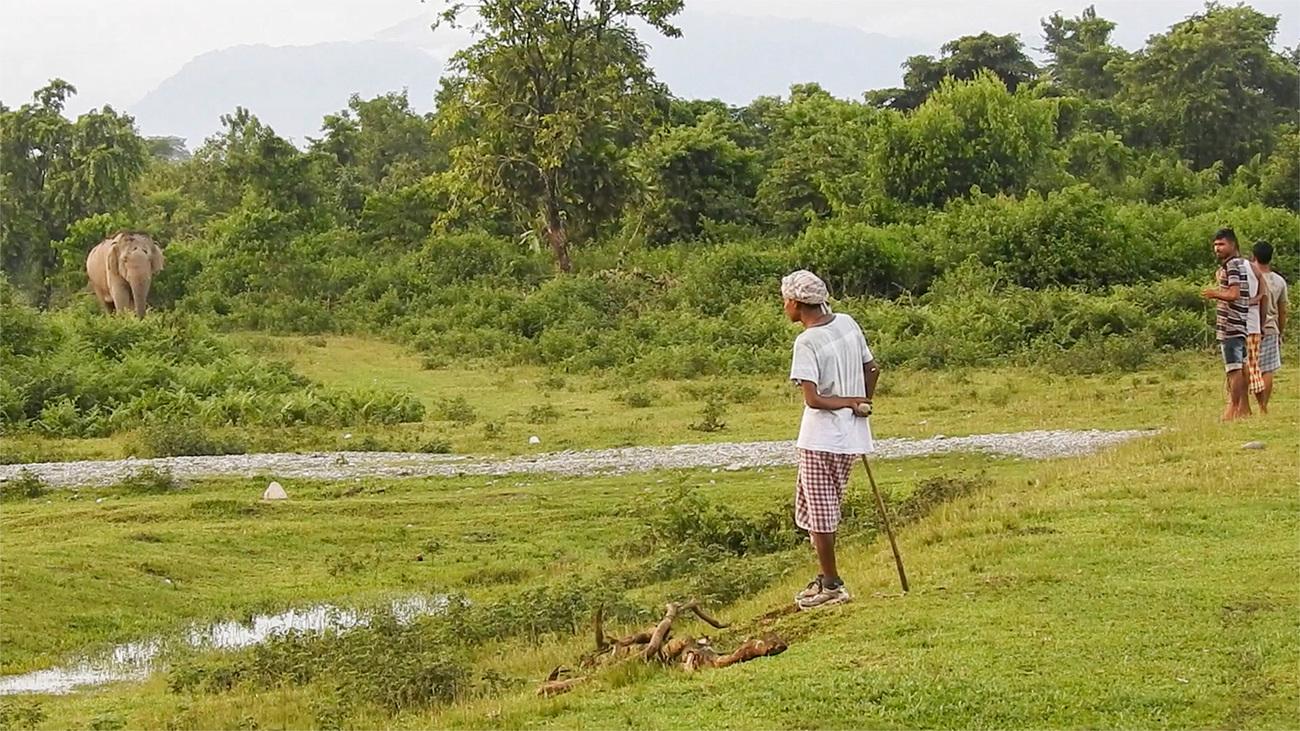
Communal lands
Communal lands are typically rural territories that are characterised by communal rights of access and individual use of resources, accompanied by group control in which members share reciprocal rights and duties. Communal lands are often occupied by smallholder farmers who rely on mixed subsistence crop and livestock farming and/or small-scale commercial farming.
Community engagement
In conservation, community engagement is the process of working with groups of people who live alongside wild animals to collaboratively address socio-economic and environmental issues to enhance coexistence. Community engagement promotes participatory approaches, inclusivity, transparency, and people-centred decision making. Further, CE embraces and upholds traditional knowledge, innovations, and practices of local communities that are relevant to the conservation and sustainable customary use of biodiversity.
IFAW continues to engage those living closest to the animals and habitats we strive to protect to create positive, sustainable change through the following:
- Approaches to human-wildlife conflict that take local development and conservation plans, human aspiration, social dynamics, sectoral plans, drivers of conflict, and local sociocultural contexts into consideration
- Conservation advocacy, governance, and leadership that considers the socio-economic and political circumstances, wellbeing needs, and lived realities of those most directly reliant upon biodiversity, including core principles like ensuring a rights-based approach to conservation action in which community agency, access, and decision-making autonomy are supported—and revitalising the customary and local institutions that provide legitimate and adaptive strategies for biodiversity stewardship
- Holistic education, which seeks to address the social, ethical, and environmental needs of buffer communities—we support integrated learning that provides whole-individual support (social, economic, and environmental) to members of communities living alongside wildlife, and we also create advocates for wildlife—educating people within the community so they can share their knowledge about human-animal coexistence with others.
- The promotion of eco-friendly, nature-based livelihoods—these consist of climate-friendly activities that help restore ecosystems and protect biodiversity, which benefit the community by creating new and more resilient livelihood opportunities, creating jobs, and increasing incomes, including for vulnerable households
We work respectfully, collaboratively, and inclusively with communities to find lasting solutions that work for wildlife, people, and domesticated animals.
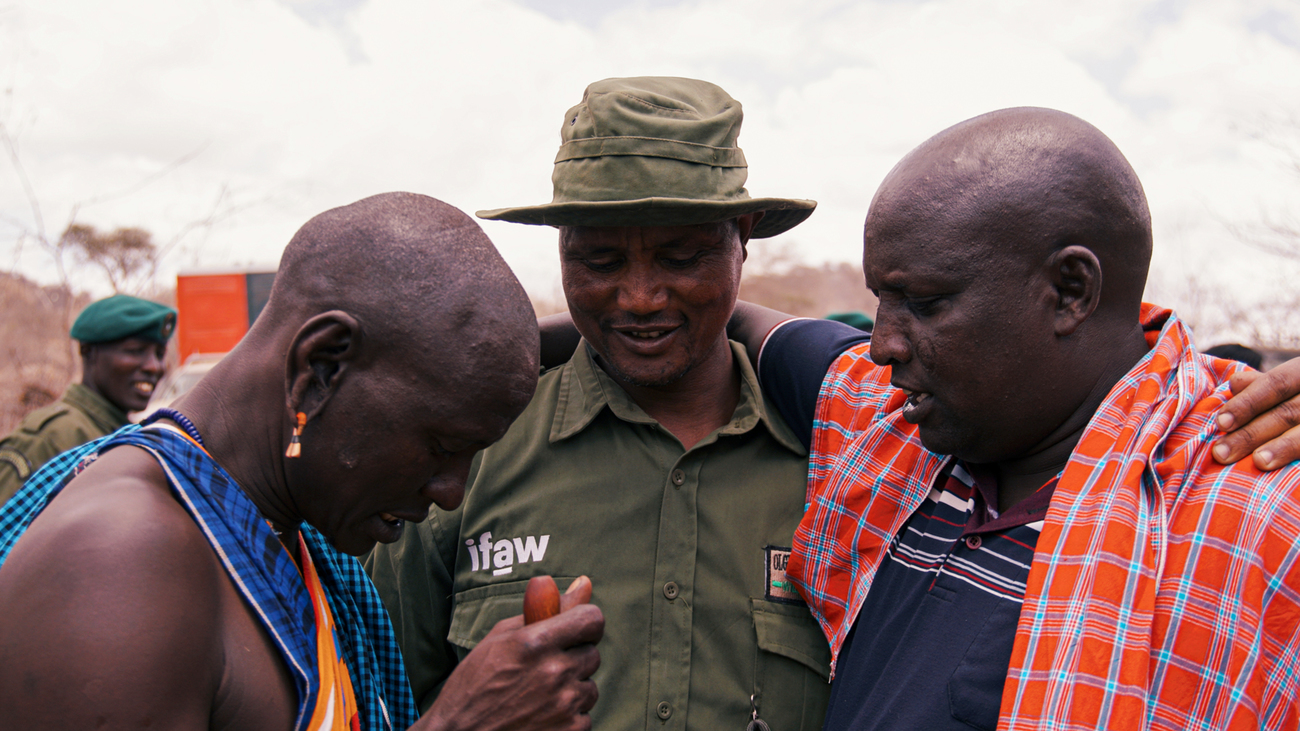
Constituency for conservation
A constituency for conservation is a population of people who support conservation initiatives and will vote for local and global policy that protects nature and wildlife. IFAW aims to build a constituency for conservation through educational campaigns and community engagement.
Critical landscape
Critical landscapes are areas that support the movement of wildlife. Animals need adequate space to access resources, ensure gene flow, shift their ranges, and establish new territories. Critical landscapes support and maintain ecological processes and enhance connectivity (the degree to which the landscape facilitates or impedes animal movement). Despite being home to diverse wildlife species, including those that are endangered and threatened, human activity and climate change continue to threaten critical landscapes.
IFAW is working to protect critical landscapes. As part of our Room to Roam initiative, we’re working with communities in Kenya and Tanzania to safeguard the elephant movement route between Amboseli and Kilimanjaro National Parks. In collaboration with the Wildlife Trust of India, we’ve also expanded protected land and restored keystone species in an important area for rhinos and other wildlife, the Greater Manas Landscape.
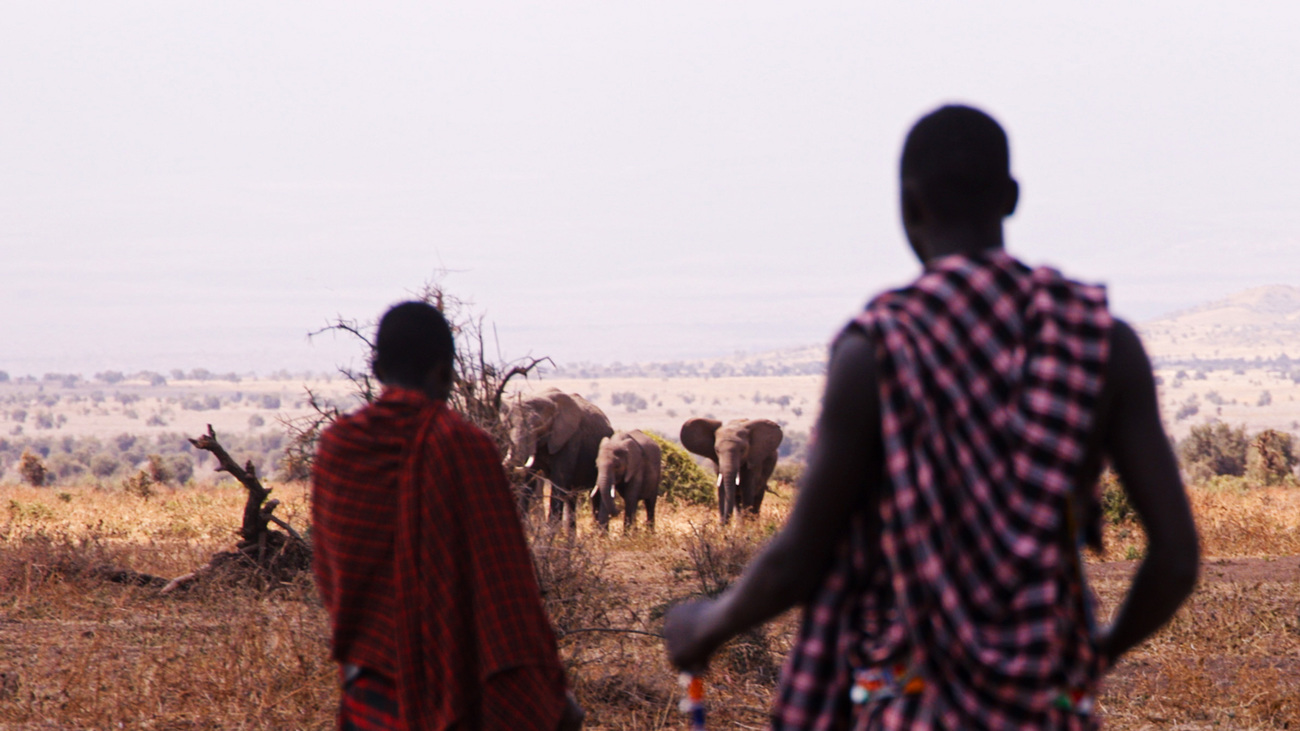
Human-wildlife conflict
Human-wildlife conflict describes interactions between humans and wildlife with negative outcomes. People and wildlife share much of the planet’s terrestrial surfaces, and as space increasingly overlaps, so does competition for limited resources, resulting in conflict. According to a 2024 study, the overlap between humans and animals is expected to rise across nearly 57% of the Earth’s land.
Compounded by climate change, human-wildlife conflict has strongly emerged as a development and humanitarian concern, impacting most of the UN Sustainable Development Goals (SDGs), making it a global significant threat to conservation and sustainable livelihoods.
Inclusive participation
Inclusive participation describes the process that empowers stakeholder groups including communities to participate in, benefit from, and own animal welfare and conservation initiatives that affect them.
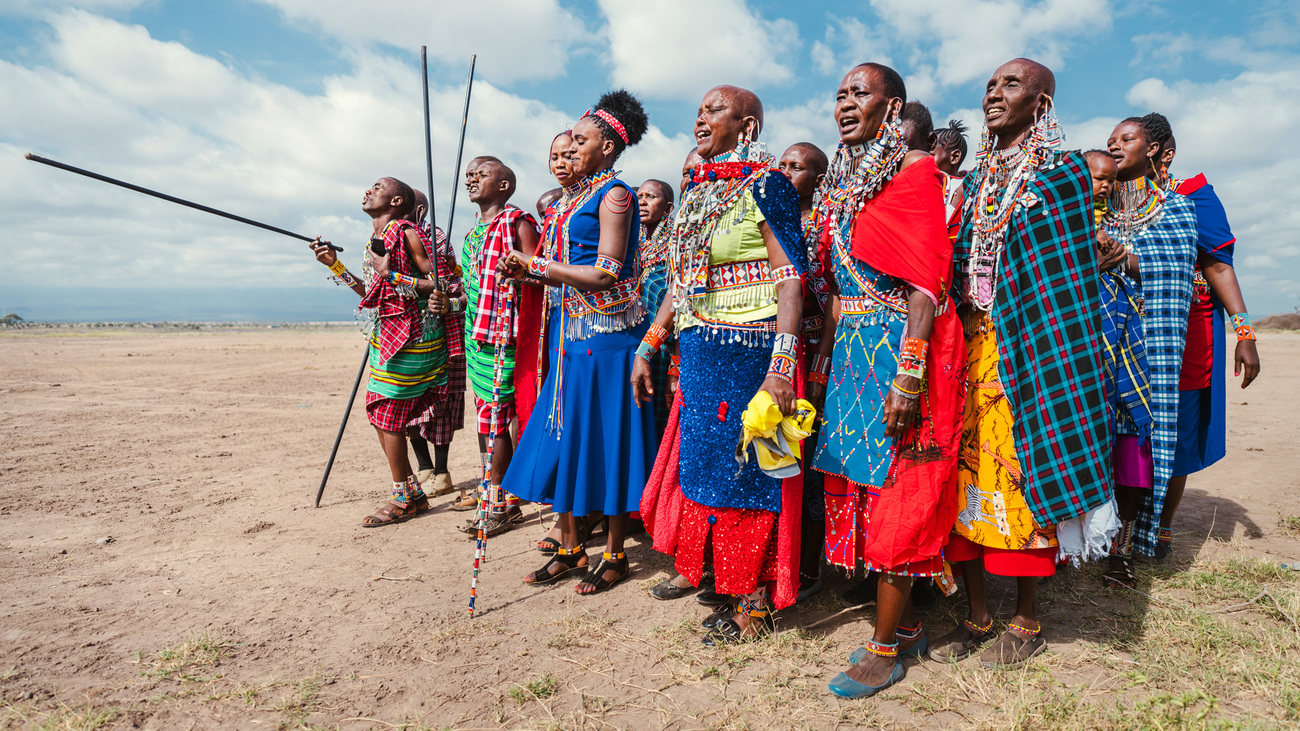
Indigenous Peoples
Indigenous Peoples are the descendants of the earliest known inhabitants of their land, generally land which has been colonised or is now occupied by a number of peoples from various backgrounds. Historically, Indigenous Peoples have endured oppression from colonial rulers.
IFAW works to bring Indigenous Peoples and traditional leaders into conservation projects through community engagement. Their knowledge of the land and wildlife is valuable to protecting it.
Natural capital
Natural capital includes all of the natural resources in an area that may give economic value or provide services to people.
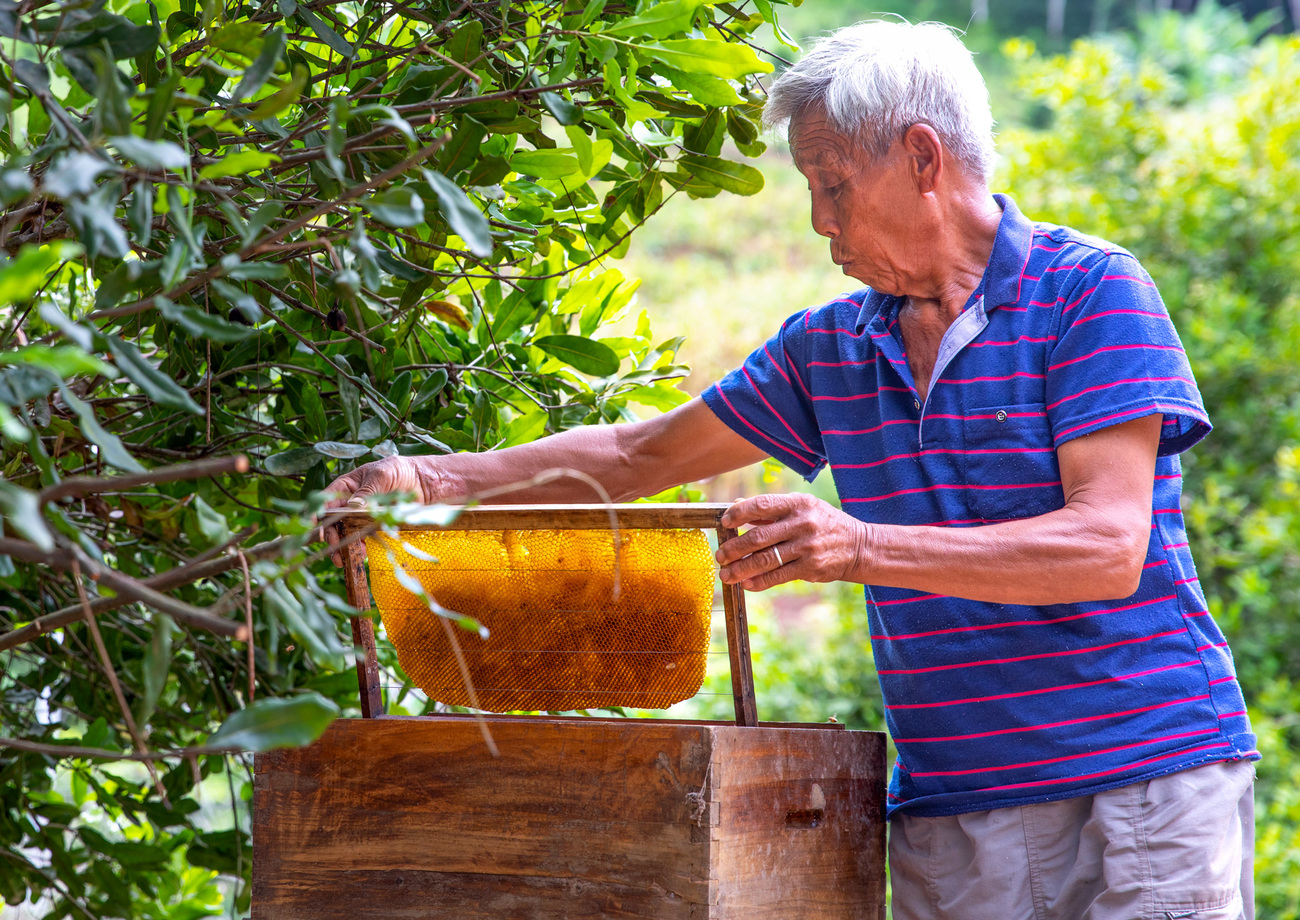
Poaching
Poaching is the illegal hunting, trapping, or capturing of animals that are not one’s own, are a protected species, and/or are living in a protected area. Elephant poaching occurs because ivory is in high demand in various parts of the world. Rhinos are poached for their horns. But poaching doesn’t always involve the killing of animals. It also involves live trade and trafficking, for example, for the exotic pet trade.
Social empowerment
Social empowerment is a concept that promotes autonomy, self-determination, and direct participatory democracy, considering the sociocultural beliefs, knowledge, needs, interests, challenges, and opportunities of individuals and communities in relation to the ecosystems they gain value from. It aims to build the capacity of people living with wildlife to adapt to a changing environment.
For example, the lives of women in rural Kenya have traditionally revolved around cooking, raising children, collecting firewood, harvesting water, and tending to livestock. All these activities take place close to wildlife areas. But despite their frequent interactions with nature, these women often don’t have access to equal opportunities and resources to earn an income or benefit from conservation initiatives.
As part of our Inua Kijiji project, we’re empowering rural women to earn an income through bead-making, raise themselves out of poverty, and have the chance to access economic opportunities while simultaneously protecting Kenya’s endangered wildlife. In 2024, this project expanded into Illaingarunyoni Conservancy, an important migration corridor in Amboseli National Park.
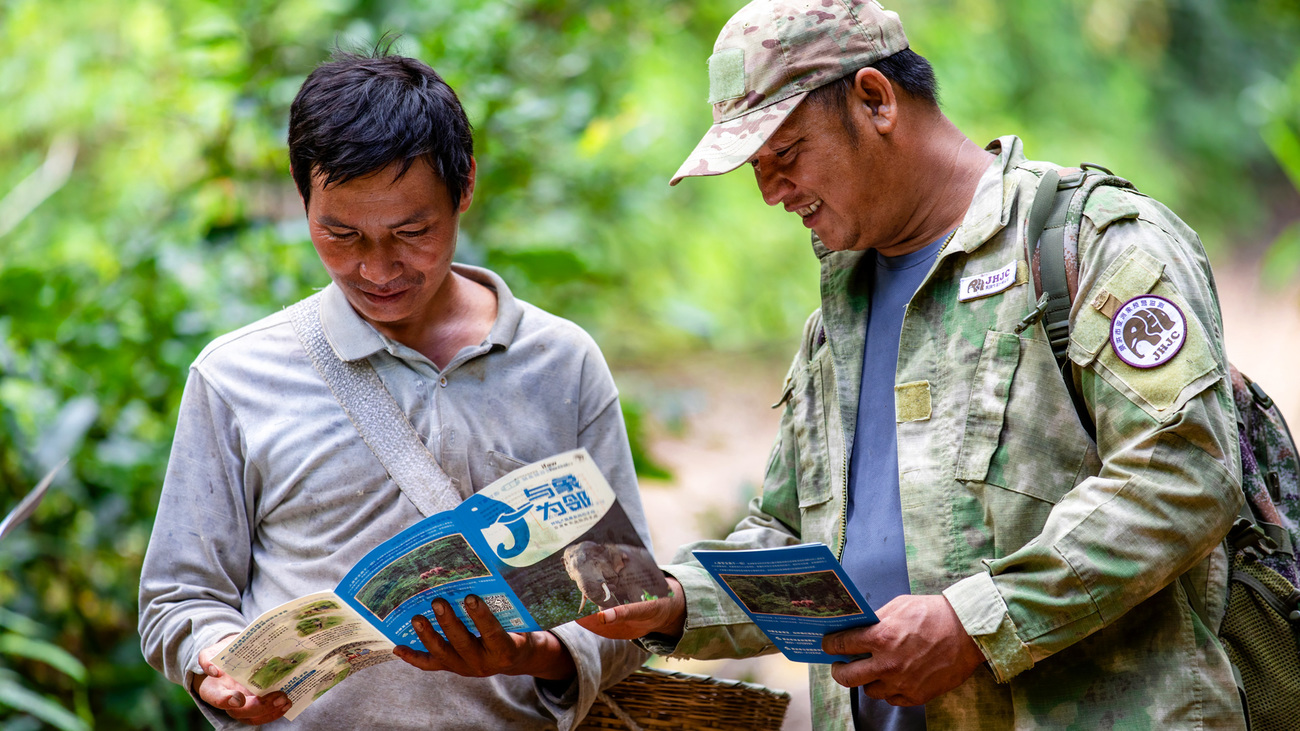
Socio-economic development initiatives
Socio-economic development is the progress of a community towards higher levels of efficiency, well-being, justice, and democracy.
Sustainable land-use practices
Sustainable land-use practices are methods of agriculture and other land usage that are environmentally friendly, wildlife-friendly, and regenerative. Examples include conservation tillage, cover cropping, and crop rotation, which can improve soil health, improve water filtration, and reduce erosion and degradation.
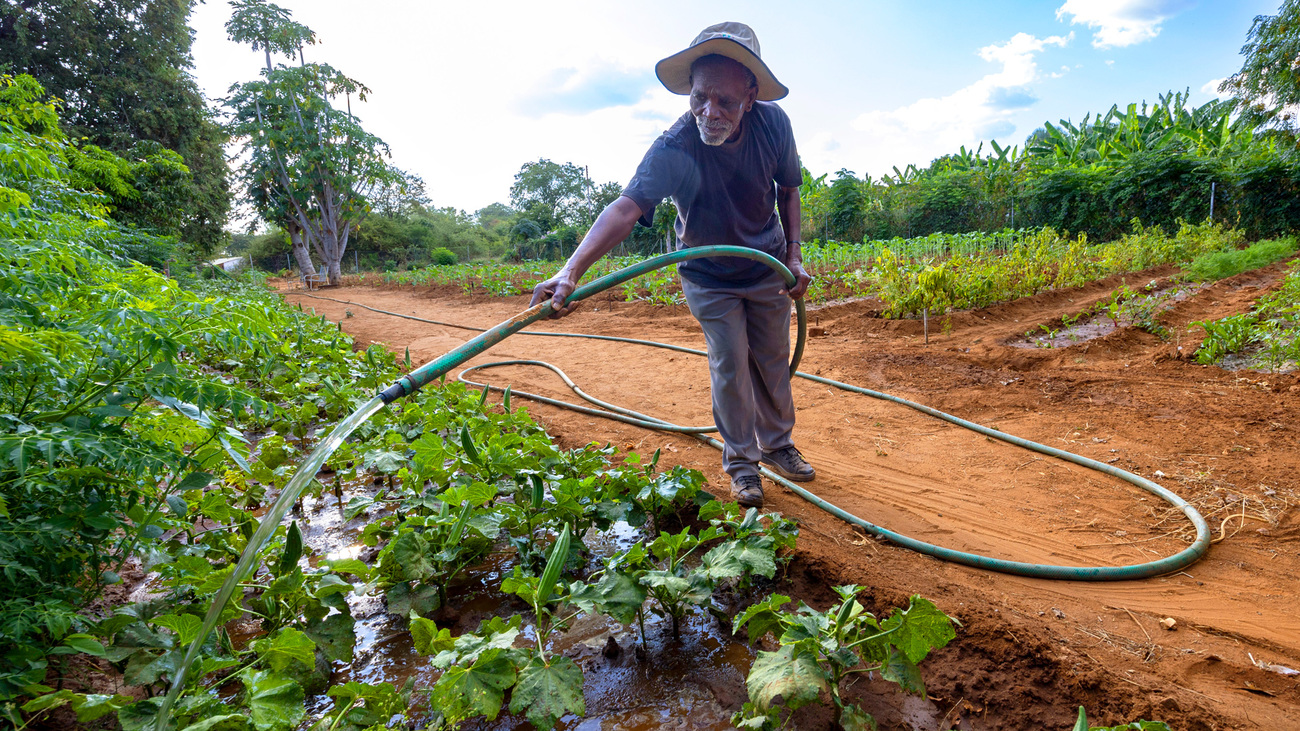
Sustainable livelihood strategies
Sustainable livelihoods are those that are viable in the long-term both for the working individual and the environment. With the threat of climate change and biodiversity loss, it’s important that people’s livelihoods are wildlife-friendly and climate-resilient. Sustainable livelihood strategies involve strategising how one makes a living, spends their money, and preserves existing assets and income in a way that is sustainable.
Traditional leaders
Traditional leaders are those serving as leaders in their community who hold authority due to customary ideas like lineage and descent. Traditional leaders often serve Indigenous Peoples. IFAW works to amplify traditional leaders’ voices in conservation.
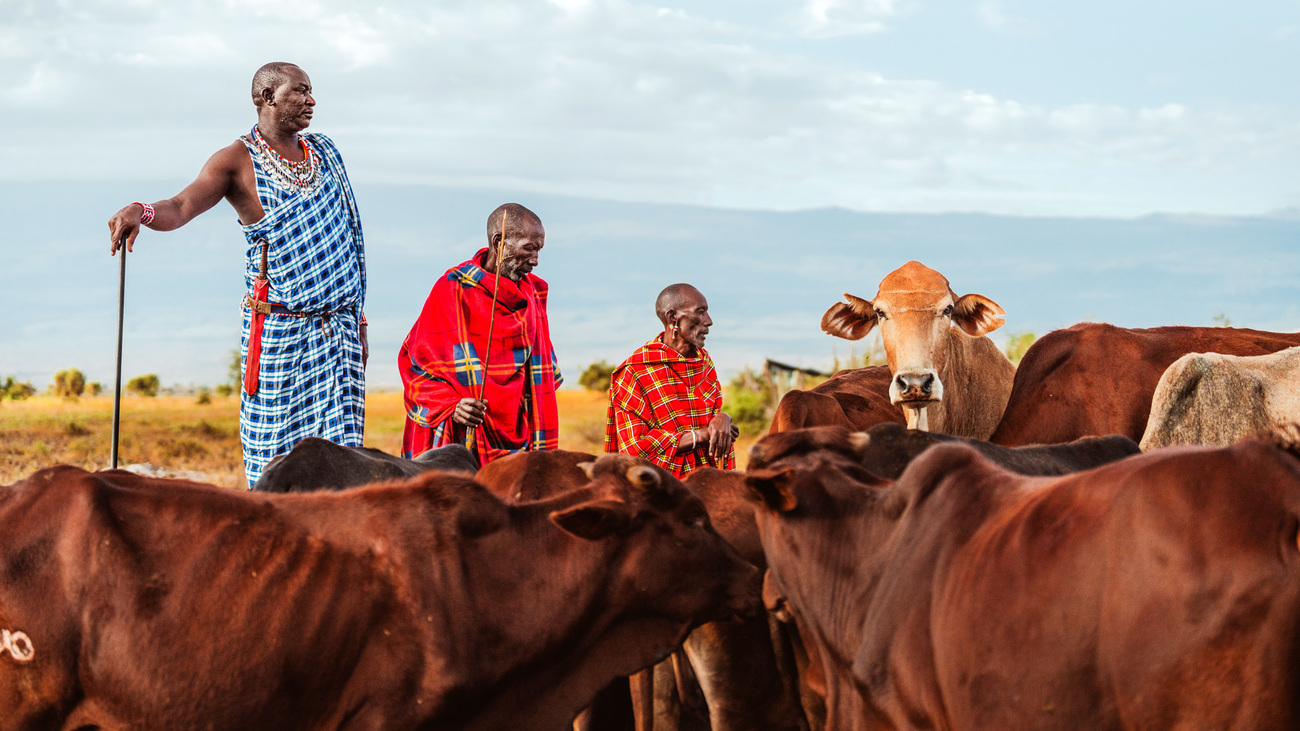
Related content
Our work can’t get done without you. Please give what you can to help animals thrive.